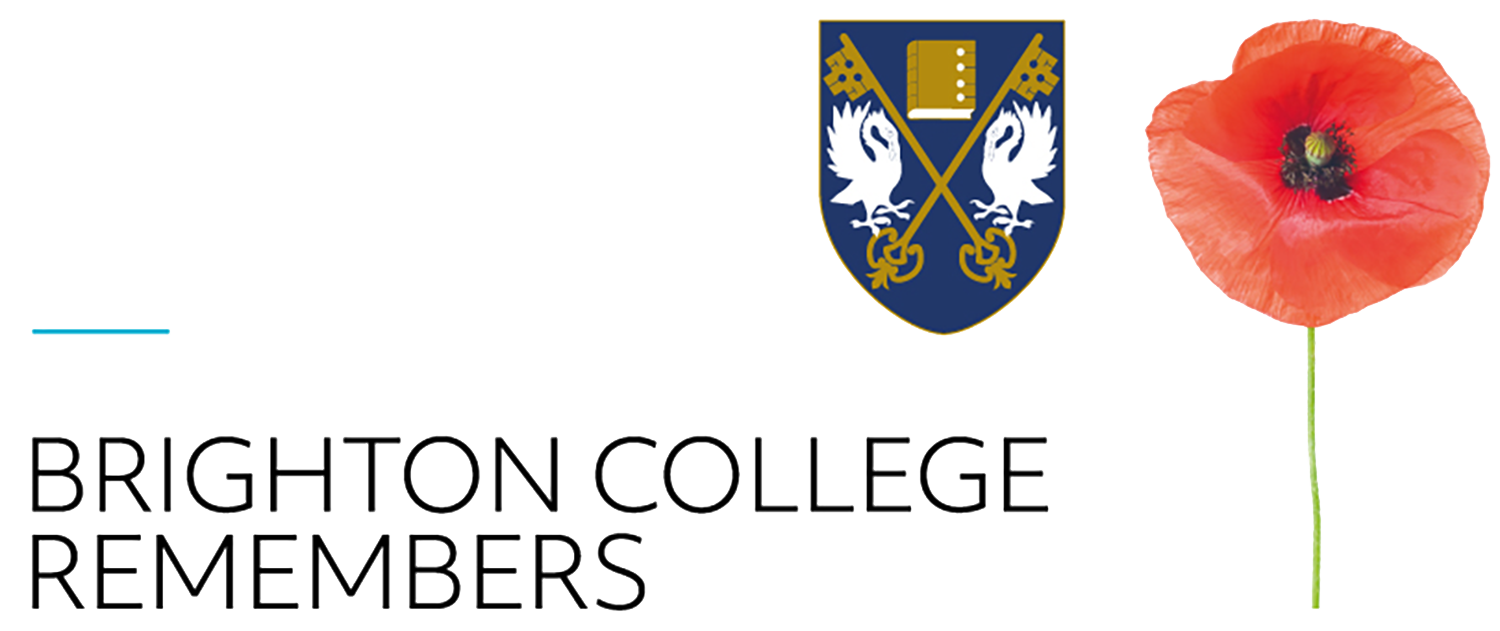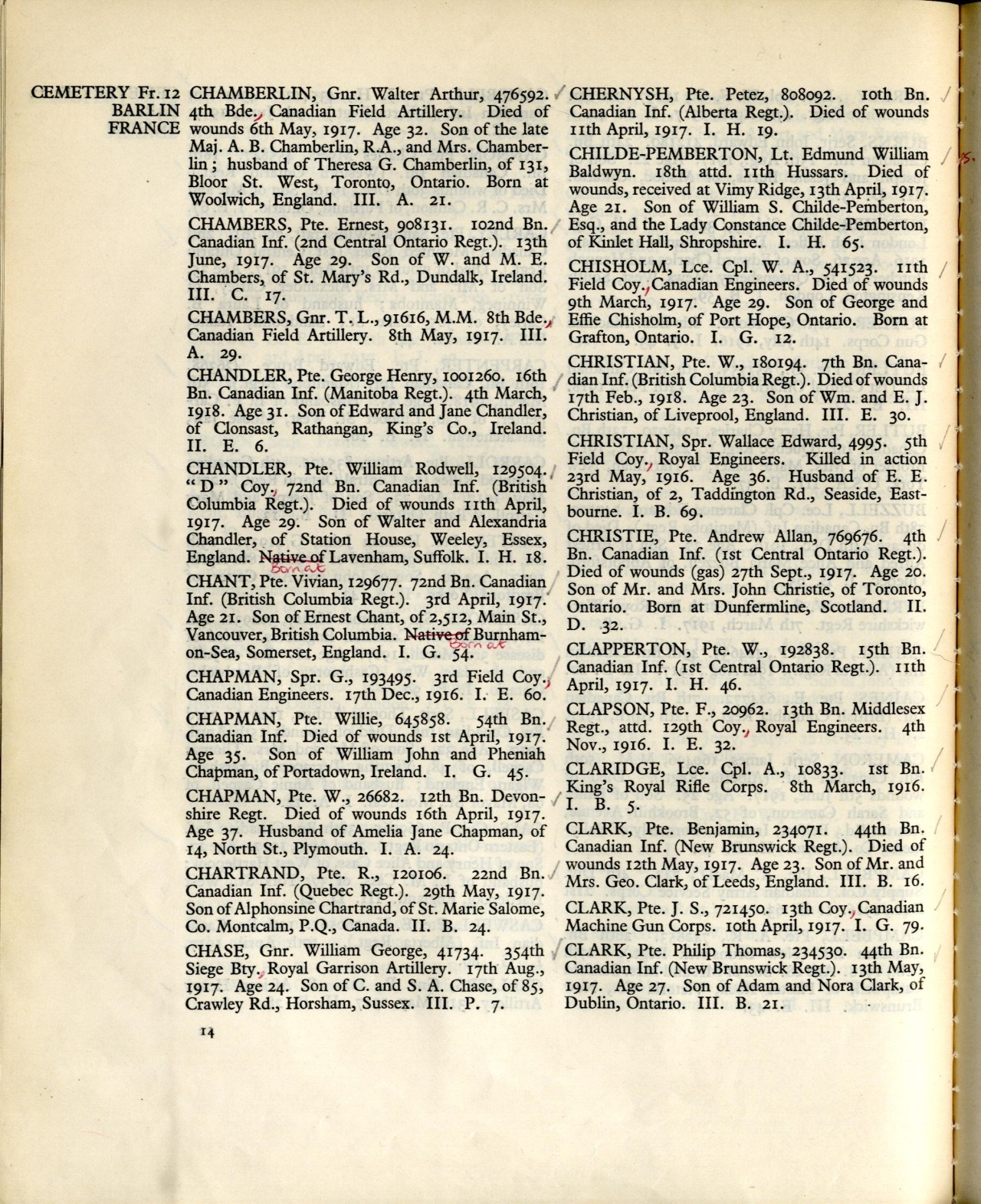Second Lieutenant, 18th (Queen Mary's Own) Hussars
Born: July 21st 1895
Died: April 13th 1917
Age at Death: 21
Died of Wounds, France, April 13th 1917
Grave Reference: I. H. 65.
Cemetery: BARLIN COMMUNAL CEMETERY EXTENSION
Son of William S. Childe-Pemberton, Esq., and the Lady Constance Violet Lucy Childe-Pemberton (nee Bligh), of Kinlet Hall, Shropshire.
Brighton College Register: Son of William S. Childe-Pemberton.
Brother to Roland Ivo Lacon Childe-Pemberton (Ha. 1910-1915).
A donation to the memorial statue has been made in honour of this solider by Emmie Axelson (Williams House).
2nd Lieutenant Edmund Charles Baldwin Childe-Pemberton
Edmund Childe-Pemberton was born on 21st July 1895 in London. He was the son of William Shakespeare Childe-Pemberton and his wife Constance, nee ‘Lady Constance Violet Lucy Bligh’ daughter of the 6th Earl of Damley. The family’s household in London also included Edmund’s brother Roland and a number of servants.
Edmund’s father was a biographer, his inclination towards authorship being perhaps encouraged by his rather intriguing first and second names. His published works included Life of Lord Norton, Baroness de Bode and Elizabeth Blount and Henry the Eighth with Some Account of her Surroundings. The family’s aristocratic, literary and somewhat Bohemian background is quite unusual given the predominantly professional and business orientated Brighton College parents in this period but unfortunately it is unclear what may have motivated their decision to send Edmund to Brighton College in 1911 aged 16. Edmund Pemberton was a relatively brief member of Hampden House before he completed his education in 1913 and immediately joined the army.
Edmund Pemberton was commissioned into the 18th (Queen Mary’s Own Hussars), again a very traditional but nonetheless relatively glamourous regiment which was unusual given that most of his fellow pupils joined county infantry regiments or, if they did not explore other options, tended to volunteer for the more modern technical arms such as the Royal Flying Corps.
The 18th Hussars, of which Edmund was a member, formed part of the 2nd Cavalry Brigade, First Cavalry Division and served on the Western Front throughout the First World War from their initial landing in Boulogne on August 16 1914 until the Armistice in November 1918. They were initially used as horsed cavalry, as depicted in the opening stages of the film War Horse, but the decision was fairly rapidly taken to dispense with the horses except when required for transport and to use them instead as supplementary infantry in the course of major attacks and additional reserves when in a defensive posture. As a result following the relatively successful attack by the Canadian Corps on Vimy Ridge in April 1917, which famously featured the greatest explosion of the war when the crest of the ridge was blown off by a mine, the 18th Hussars were thrown in to exploit the attack.
The attack then stalled in the tragic fashion so common to British attacks between 1915 and 1917. The Germans were able to bring up reserves by rail quicker than the British were able to concentrate the 1st Cavalry Division and other troops intended to exploit with the result that the attack stalled and the decisive breakthrough which the British high command so desperately sought was not achieved. In the course of that process it appears that 2nd Lieutenant Pemberton was killed on 13 April 1917, although the precise details of his death were not made clear in regimental history.
Source: LEST WE FORGET PROJECT, Brighton College 2014/15




